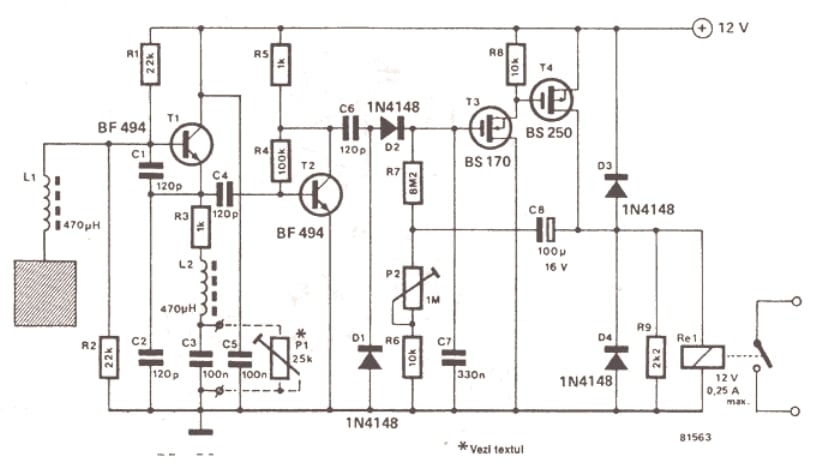A very simple touch free faucet circuit or touch free automatic tap circuit can be built using as little as an IC 555 and a few passive components, in order to implement a contact less water supply operation from the attached facet or the tap.
Drinking Water is Precious
Pure drinking water which we normally get in our cities and homes is precious, and we are always advised to conserve drinking water as much as possible by saving unnecessary wastage of water due to carelessness or negligence.
Especially in public places this issue can become quite grim as many irresponsible citizens often forget to close a water tap or partially close it allowing unnecessary wastage of water.
An automatic tap system that would take care of the above condition could be a welcome change in many such places for ensuring the prevention of unnecessary throwing away of our precious drinking water into drainages.

Designing an Automatic Water Cut-off
You may also like this very interesting article related to this subject
We have already seen how the IC 555 can be used as an effective capacitive switch circuit wherein this device is able to sense a nearing human hand and activate its output accordingly. In the present concept we try the same concept to build the proposed touch free faucet circuit.
For higher accuracy and reliability you could also try implementing a specialized precision capacitive proximity sensor circuit for the same, although the installation procedures would remain the same.
The first circuit below shows a 555 IC application, which could be tried for the implementing a non-contact tap faucet design:
Circuit Diagram

image courtesy: elektor electronics
As can be seen in the figure above, the IC 555 is configured as an astable whose pin#2 is used for sensing the proximity or the capacitance of a human hand.
Pin#2 is terminated with a metallic plate (which could be replaced by the faucet body) such that whenever somebody approaches the tap for washing hands, the sensor is triggered activating the connected relay. The relay finally opens the tap valve for releasing water.
However in the above design the relay is supposed to remain activated only for a short duration of time, which means the individual might require to move his hand to and fro frequently if the washing is required to be for a relatively prolonged period.
Another design which is shown below can be executed for the same:
A Improved Faucet Control Schematic

image courtesy: elektor electronics
The above shown proximity detector circuit is a transistor based design and is designed to sense a human hand when brought at a relatively close proximity to the indicated plate.
Circuit Operation
The T1, and T2 transistors are rigged quite in the manner like a Darlington pairs forming a high gain detector stage.
The capacitive plate attached with the base of T1 sense the minute potential differences due to the variations in the capacitance of the plate in response to the human hand and conducts some current at its emitter lead, which is picked by T2 and amplified to a greater extent across its collector lead.
This preamplified signal is detected by the FET stages, which further amplify it to a level strong enough to cause the relay to toggle.
Since the proposed touch free faucet design is an electrically activated device, the water control mechanism needs to be implemented through a water valve mechanism, such as a 12V solenoid valve system.
A typical 12V solenoid valve system can be witnessed below:

Integrating a 12V Solenoid
The two leads are supposed to be fed with a switchable 12V supply in order to close and open the water passage through the white plastic pipe. The white plastic pipe needs to be inserted in series with the faucet water transmission line so that the water supply from the faucet is appropriately controlled via the above discussed operations.
The basic connection details of the above mechanism in conjunction with the electronic circuit and the faucet can be seen below, the user can feel free customize the same in other ways as per his or her preference.

Note: If the faucet body does not respond to the hand proximity, the system could be reinforced with a small additional metal plate in order to increase the surface area of the capacitive sensor and thereby ensure a reliable operation of the touch free faucet.
